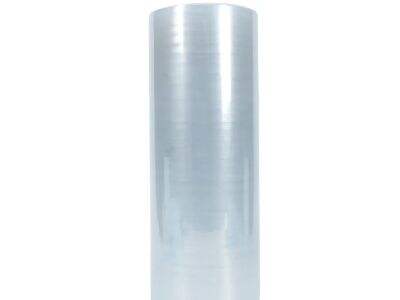Blister Film Overview: Material, Thickness and Transparency
Ever wanted to know what it takes to create those clear plastic packages that house every conceivable type of product? Those are known as blister films, and they are important for keeping various products safe and secure., we are going to take an in-depth look at the materials, thickness, and transparency of blister film to make you understand more about selecting the right one for your needs.
An Introduction to Blister Film
A blister is a package which is made up of a plastic that forms a bubble or pocket in which a product is sealed. It is made for keeping the goods safe from damaging, dust, and water and still letting the customer to view the product inside. The size and appearance of the blister film will vary depending on the product to be accommodated by it.
Selecting the Right Blister Sheet for You
When considering which blister film is best for your specific application, there are some aspects to take into consideration. First off, consider the product you are packaging. If you want to package something that is more fragile, you can choose to use an extra thick blister film. Also focus on the size and the shape of the item that the blister film can easily contain.
Step 2: How to find the perfect thickness for your packaging
Blister film thickness is a major contributor when it comes to protecting what is contained inside. Thicker blister film is more durable and resistant to rough handling during transport and packaging. Thinner blister film, on the other hand, can be more flexible and adhere more centrifugally to the product. If you are trying to determine what the right box thickness is for a package that you are sending through the post, or for your shelves or to pack for moving, then consider the weight and fragility of what you are packing.
Why Transparency is Important in Blister Film
It is not only the quality of transparency on blister film material that makes it popular among consumers, but they can see what they are having without need to open the package. Transparent blister foil is generally used to package products that are meant to be visible to the consumer, while opaque plastic can be used to protect packaged goods from the eyes of the consumer. The level of visibility can also make a difference in how long the contents of the pouch last, as too much light can degrade some items.
The Chemistry of Blisters and Blisters for packagers Explain Film Materials,Thickness and Transparency
The blister film is typically produced using materials like PVC, PET or PP, which are all varieties of plastic with inherent toughness and ductility. Such materials are selected by the nature of the product to be packaged, i.e., the amount of protection it requires and the degree of transparency desired. Thickness of the blister film is of course determined per manufacturing requirement and varies according to the end user’s intended purpose of the packaging.

